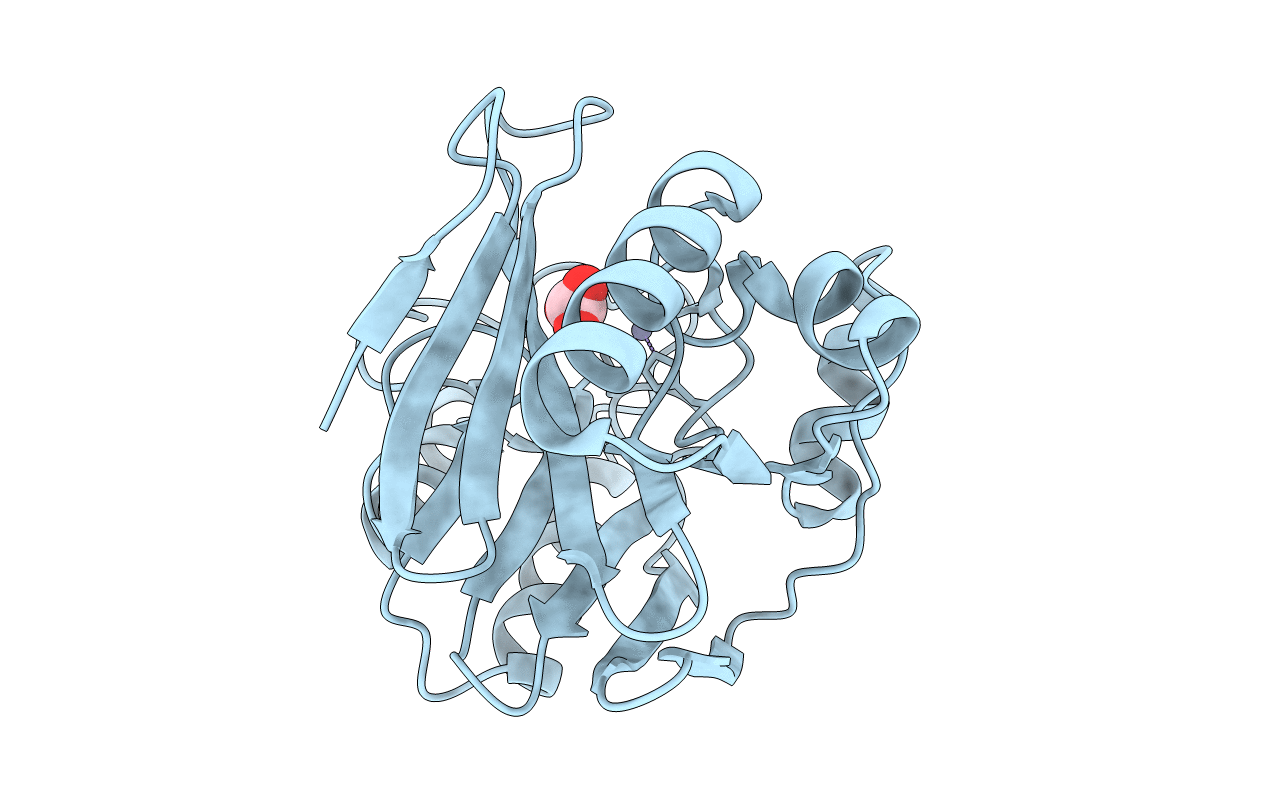
Deposition Date
2000-01-10
Release Date
2000-08-25
Last Version Date
2023-12-06
Entry Detail
PDB ID:
1DXK
Keywords:
Title:
Metallo-beta-lactamase from Bacillus cereus 569/H/9 C168S mutant
Biological Source:
Source Organism:
BACILLUS CEREUS (Taxon ID: 1396)
Host Organism:
Method Details:
Experimental Method:
Resolution:
1.85 Å
R-Value Free:
0.26
R-Value Work:
0.20
R-Value Observed:
0.20
Space Group:
C 1 2 1


